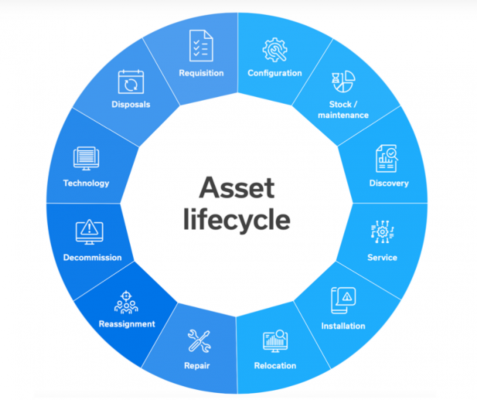Transform your business operations with the power of cloud services. Seamlessly scale your resources to meet fluctuating demand, ensuring optimal performance and cost efficiency. Say goodbye to large upfront investments and embrace a pay-as-you-go model, freeing up capital and enabling cost predictability. Foster collaboration and connectivity across teams and locations with cloud-based tools, driving innovation and efficiency.
Leverage advanced data management and analytics capabilities to unlock valuable insights, optimize processes, and make data-driven decisions for improved productivity and quality. Safeguard your business with robust disaster recovery capabilities, ensuring seamless operations and mitigating potential losses. Integrate IoT devices for real-time monitoring, remote management, and predictive maintenance, driving operational efficiency. Gain accessibility from anywhere, anytime, enabling global collaboration and integration with partners and customers. Experience the transformative power of cloud services and unlock a world of possibilities for your business success.



Amazon web service is an online platform that provides scalable and cost-effective cloud computing solutions. AWS is a broadly adopted cloud platform that offers several on-demand operations like compute power, database storage, content delivery, etc., to help corporates scale and grow



Symantec Anti Virus work on premises and cloud/hybrid and it is able to protect the device range from mobile, tablet, laptop, desktop and server from the internet attack.


SummitAI for ITSM is a system of intelligence designed to take IT and business to greater levels of speed, responsiveness, and productivity. SummitAI provides a powerful layer that bolts on top of the existing IT Service Desk systems (Symphony SummitAI, ServiceNow, BMC etc.), to drive maximum productivity by analyzing, learning, predicting, and acting like a knowledge worker.

SymphonyAI Summit Asset Management makes it easier to handle the complete lifecycle of an asset; that is, all the stages from procurement to
disposal. It helps manage assets purchased through purchase order management and tracks the hardware and software inventory of these assets.

Management of IT and non IT assets
• IT asset management: Multi-company and multisite management of workstations (personal computers, laptops, PDA, terminals, workstations, X terminals), servers, network devices (hub, router, etc.), peripherals (printer, scanner, etc.), internal components (processor, extension card, mass storage device, etc.), and software licenses.
• Non IT asset management: Furniture, phone equipment, office equipment, security, vehicles, etc.